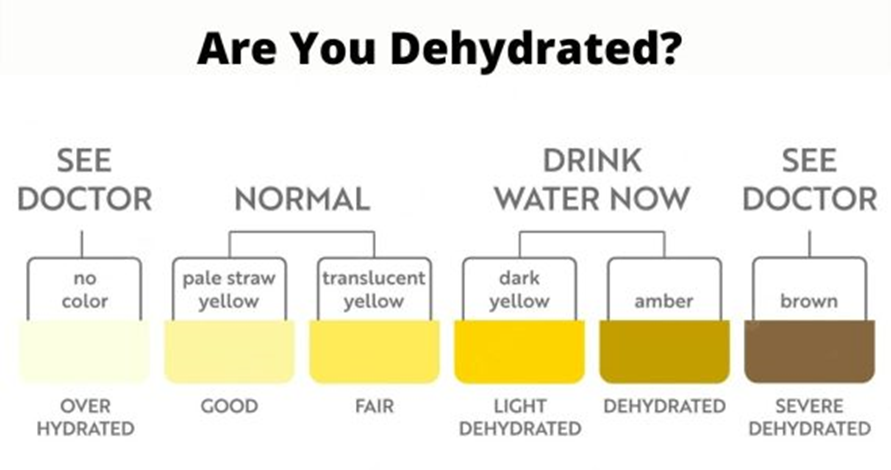An older adult reports symptoms of xerostomia. Which of the following interventions should the nurse implement for this patient? (Select all that apply.)
Provide antiseptic mouthwash (such as Listerine) for the patient.
Encourage the patient to brush and floss teeth regularly.
Encourage the patient to drink water frequently.
Provide saliva substitutes.
Correct Answer : B,C,D
Choice A reason: This is incorrect because providing antiseptic mouthwash (such as Listerine) for the patient can worsen xerostomia, or dry mouth. Antiseptic mouthwash can contain alcohol, which can dry out the oral mucosa and reduce saliva production. Saliva is important for lubricating the mouth, preventing infections, and facilitating chewing and swallowing. Therefore, antiseptic mouthwash should be avoided or used sparingly in patients with xerostomia.
Choice B reason: This is correct because encouraging the patient to brush and floss teeth regularly can help prevent dental caries, gingivitis, and periodontitis, which are common complications of xerostomia. Xerostomia can increase the risk of oral infections and tooth decay, as saliva helps wash away food particles, bacteria, and plaque. Therefore, oral hygiene is essential for patients with xerostomia.
Choice C reason: This is correct because encouraging the patient to drink water frequently can help moisten the mouth and relieve the discomfort of xerostomia. Water can also help flush out food debris and bacteria, and prevent dehydration, which can exacerbate xerostomia. Therefore, water intake is beneficial for patients with xerostomia.
Choice D reason: This is correct because providing saliva substitutes can help mimic the functions of natural saliva and improve the symptoms of xerostomia. Saliva substitutes are artificial saliva products that contain water, electrolytes, and lubricants, such as glycerin, carboxymethylcellulose, or xylitol. They can be applied as sprays, gels, rinses, or lozenges, and can help lubricate the mouth, prevent infections, and facilitate chewing and swallowing. Therefore, saliva substitutes are useful for patients with xerostomia.

Nursing Test Bank
Naxlex Comprehensive Predictor Exams
Related Questions
Correct Answer is ["B","C","D","E"]
Explanation
Choice A reason: Determining coughing frequency is not a reliable way to assess whether the client has adhered to prescribed therapy, as coughing can have various causes and may not be related to heart failure or its treatment.
Choice B reason: Checking for peripheral edema is a useful way to assess whether the client has adhered to prescribed therapy, as peripheral edema is a common sign of fluid retention and worsening heart failure. If the client has been taking diuretics as prescribed, the edema should be reduced or absent.
Choice C reason: Auscultating the lungs bilaterally is a helpful way to assess whether the client has adhered to prescribed therapy, as lung sounds can indicate the presence or absence of pulmonary congestion and crackles, which are signs of fluid overload and worsening heart failure. If the client has been taking medications to improve cardiac function and reduce fluid volume as prescribed, the lungs should be clear or improved.
Choice D reason: Assessing diet over the last 48 hours is a relevant way to assess whether the client has adhered to prescribed therapy, as diet can affect fluid and sodium intake and retention, which can worsen heart failure. If the client has been following a low-sodium and fluid-restricted diet as prescribed, the risk of fluid overload and dyspnea should be lower.
Choice E reason: Comparing current weight to baseline is an important way to assess whether the client has adhered to prescribed therapy, as weight can reflect fluid status and changes in heart failure condition. If the client has been taking medications and following dietary recommendations as prescribed, the weight should be stable or decreased.

Correct Answer is D
Explanation
Choice A reason: Evaluating the medication list is a possible step that the nurse can take, as some medications can affect urine concentration or cause dehydration. However, it is not the first step that the nurse should implement, as it does not address the immediate problem of fluid balance.
Choice B reason: Reviewing laboratory reports is another possible step that the nurse can take, as some laboratory tests can indicate the level of hydration or kidney function of the patient. However, it is not the first step that the nurse should implement, as it does not provide a direct assessment of fluid status.
Choice C reason: Increasing oral fluid intake is a potential intervention that the nurse can suggest, as it can help to dilute the urine and prevent dehydration. However, it is not the first step that the nurse should implement, as it may not be appropriate for some patients who have fluid restrictions or other medical conditions.
Choice D reason: Determining fluid volume status is the first step that the nurse should implement, as it can help to identify the cause and severity of urine concentration and guide further actions. The nurse can assess the patient's fluid intake and output, weight, blood pressure, pulse, skin turgor, mucous membranes, and urine specific gravity to determine fluid volume status.

Whether you are a student looking to ace your exams or a practicing nurse seeking to enhance your expertise , our nursing education contents will empower you with the confidence and competence to make a difference in the lives of patients and become a respected leader in the healthcare field.
Visit Naxlex, invest in your future and unlock endless possibilities with our unparalleled nursing education contents today
Report Wrong Answer on the Current Question
Do you disagree with the answer? If yes, what is your expected answer? Explain.
Kindly be descriptive with the issue you are facing.
